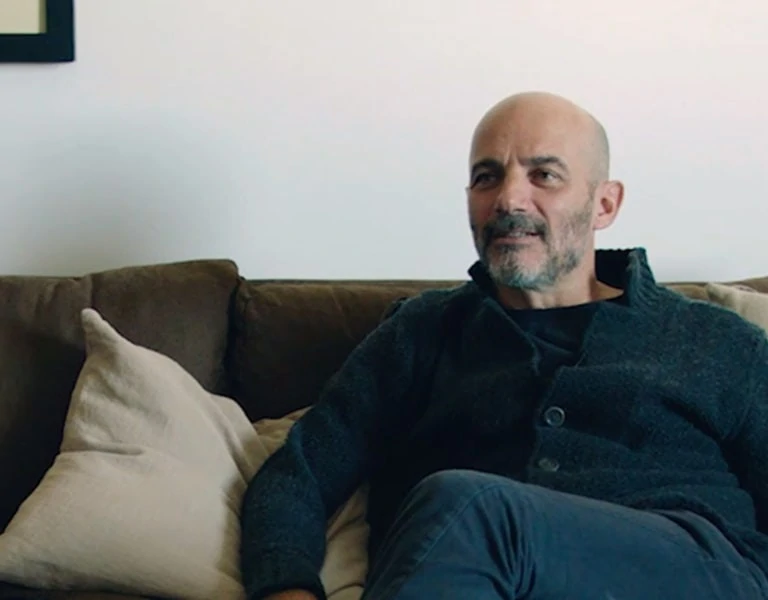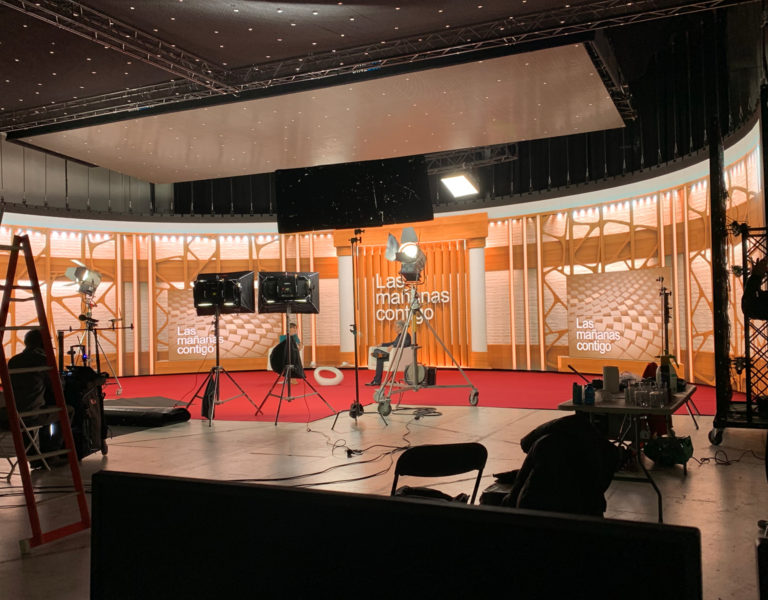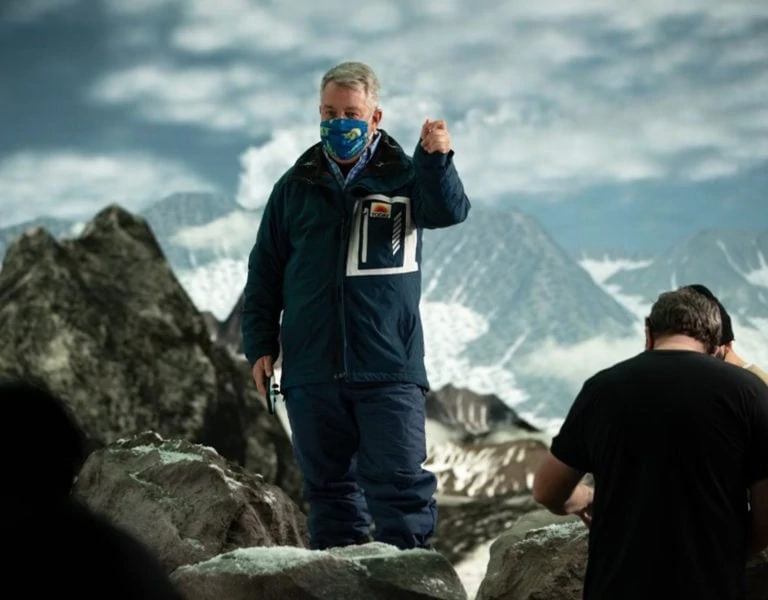Mists of time
On the hunt for a nostalgic aesthetic for his BFI London Film Festival debut Haar, Ben Hecking turned to the quirky DS8 format – a decision that would prove a fun challenge for cast and crew.
Filmmaker Ben Hecking has always been transfixed by a character-led narrative. His third feature, Haar, is an understated portrayal of a woman in crisis: we meet protagonist Jef (an enthralling Kate Kennedy) in Budapest, where she’s packing up after a long stint as a unit production manager on an international TV show. She should be tying up loose ends before heading on a well-deserved holiday, but life has an unfortunate surprise in store.
Jef’s story came to Hecking during the COVID pandemic while on a country walk with Kennedy, whom he’d met on a previous project. She was due to return to shooting the Halo TV adaptation in Hungary and had been chatting to Hecking about her experiences in the industry, reflecting on the stage of life she was in.
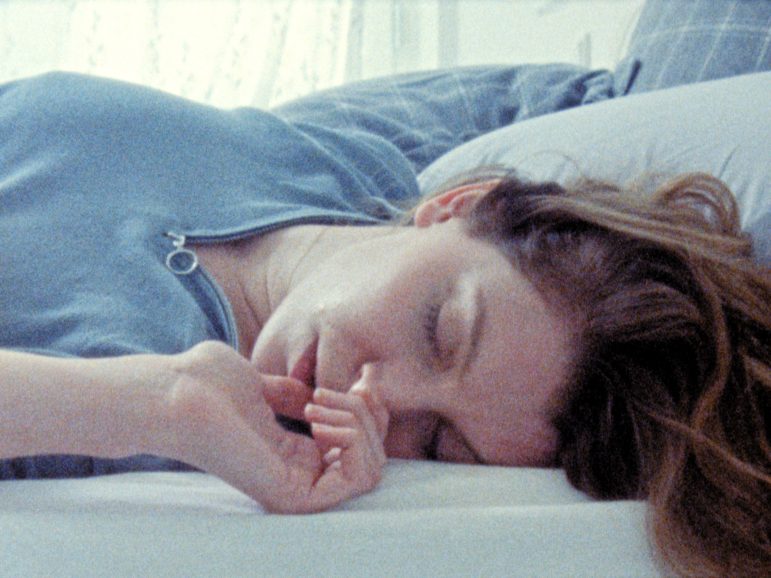
“She said I would love the city, so we said, why don’t we try and write something that brings in some of those ideas we discussed?” he remembers. That conversation was in September 2020, and by January 2022 the pair were filming Haar – named for a sea mist – in Budapest with Kennedy as lead actor and producer, and Hecking as writer, director and DP.
“I can’t really call myself a filmmaker because I see it as a much rounder experiment; you’re working as part of a team,” he says of his approach. “I think, particularly when you make low-budget stuff, that nobody on that production is working harder than anyone else.” It’s why, he says, he operates a flat fee structure across all of his projects, so that everyone is fairly renumerated for the effort they put in.
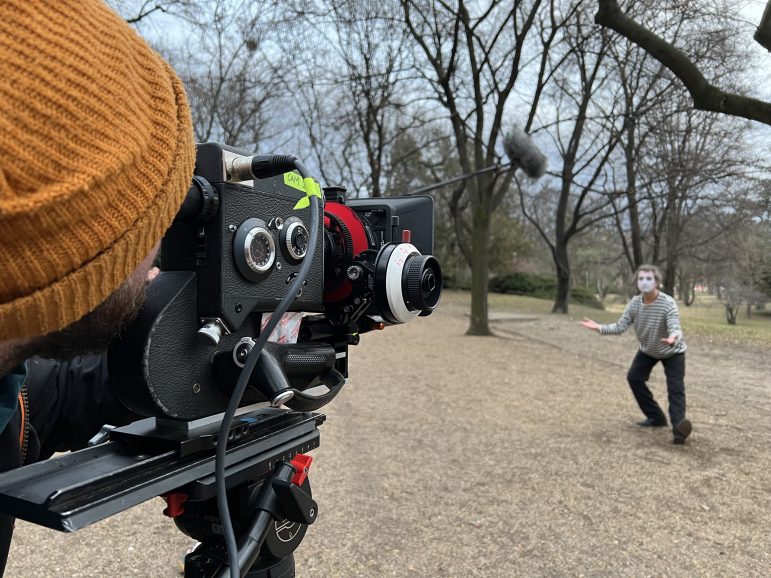
Reviving a legend
Hecking was drawn to capturing Haar on celluloid. It was a medium he has long had an affinity for and honed his skills on during his cinematography studies at the National Film and Television School. Super8, evoking a bygone era, felt like a natural choice – even if it was rarely used for features nowadays.
“The film has a nostalgic tone and I felt that Super8 could add to that,” he explains. “But I wanted to treat it seriously and that probably excited me the most – approach the shooting of the film on this ‘amateur’ format with the same rigour that one would if shooting on 16mm, 35mm or the latest high-end digital cameras.”
From a practical standpoint, the compact celluloid camera fitted his ‘guerilla’ ethos of keeping his filmmaking footprint to a minimum. That also meant a smaller crew and limited kit, so they could all fit in one minibus when filming on location in the Hungarian capital.
Hecking enlisted the help of Ed Ward and his team at on8mil for over four months of test shoots in the UK, from September to December 2021. It was Ward who presented the idea of shooting on DS8 – Kodak’s double-width, 100-foot Super8 film, produced in the 1970s but swiftly superseded.
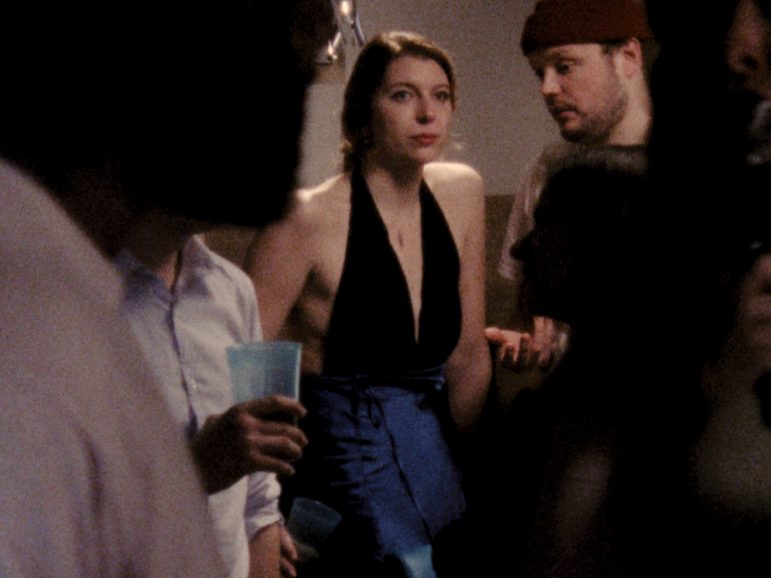
“Ed lent me one of his Canon DS-8 cameras and Kate and I put it through its paces,” remembers Hecking. “There were still plenty of issues that we had to try and find solutions for – the sound of the camera was one (a cross between a vintage Singer sewing machine and a lawnmower); ‘sync slippage’ was another, but we were confident about the results.”
That said, the filmmaker wanted a back-up in case shooting on his new camera went spectacularly wrong, so filmed scenes consecutively on a Canon C300 Mk II. “I think the Hungarians thought I was a bit crazy, shooting two cameras,” he grins. “But we got into the rhythm of it fairly quickly.”
He describes his approach to cinematography as ‘classical’ and rather than choosing one specific influence for Haar, he takes inspiration from broader periods of cinematic history. “I love cinema (and all forms of visual art) and have probably watched far more [films] in my life than is healthy. I’m much more inspired by certain periods of time in general – the ‘60s and ‘70s – and the movements that came out of them – Italian neo-realism, the various ‘New Waves’ of France, Hungary, Poland and America. With [the filmmakers of these movements] in mind, I decided to not ‘worry about the grain’ – to treat the film with a slightly looser ‘documentary’ feel that fit in with the equipment we had available.”

Pandemic problems
Filming took place in February 2022 in Budapest. Alas, the night before the first day of principal photography, the entire UK crew were hit with COVID. With no means of delaying the shoot, filming began with a crew sourced at the last minute by Leo Pintér and Patricia D’Intino of Good Kids Productions. Hecking also credits the support of executive producer Amanda Atkins, who also backed his last feature Provenance.
But the pandemic wasn’t the only problem: a technical issue with the Hungarian film lab meant the team would have to send rushes back to the UK for processing and scanning, so no dailies. Hecking could relax by day four of the shoot, when Ed Ward was able to send the rushes from the lab in the UK. “When I pressed play on the clip I was overwhelmed by a surge of relief,” he remarks. “The footage looked absolutely beautiful. It was exactly what I’d dreamed of and being able to share the footage with the crew, to show them what we were doing and to see their reaction, was one of my happiest moments.”
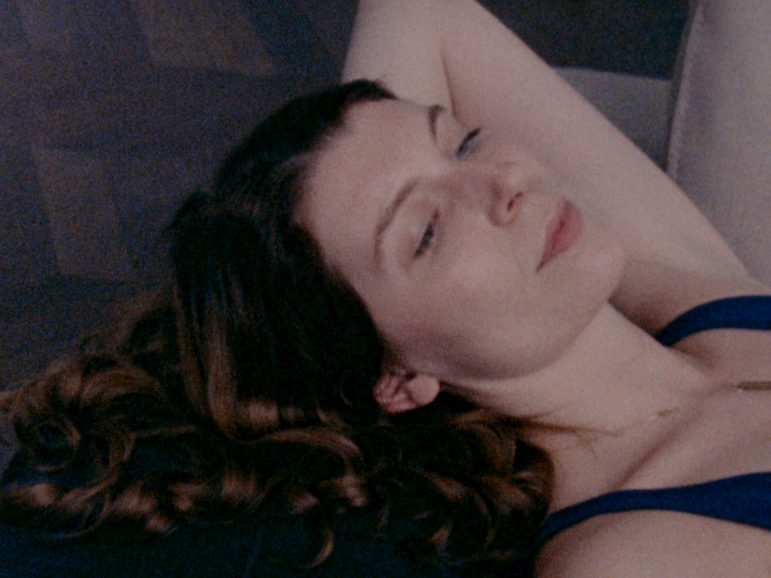
Hecking is especially keen to highlight the work of Bence Bujdósó, the Hungarian focus puller who had joined the project at the last minute after COVID struck the British crew. “After seeing the rushes, Bence asked me, very politely, if he could try and pull focus on the camera – up until then I’d been trying to do it myself,” the filmmaker remembers. “When we got the next round of ‘weeklies’ the results were even better than I’d hoped. Bence, it turns out, is a focus ninja and the footage – considering it was from a Super8 camera – was about as sharp as you could make it. He judged the entire thing by eye and had to be at my side for the duration, which made certain scenes such as the prolonged ‘walk and talk’ that opens the film, quite a skilful display.”
On day 11 of the shoot, the rest of the Hungarian crew – first AD Attila Veres and sound recordists Regina Karolina Szabo and Tamás János – were joined by their UK counterparts: producer/first AD Jez Marshall, producer/production manager Carolina Cordero, camera assistant Leigh Alner and sound recordist Sam Thomas.

By this point, star Kennedy had got used to the astonishing sound of the old camera: “like a tractor carrying wads of cash in a tornado” is how she artfully describes it. “Shooting on Super8 was freeing,” she says. “Not being able to see any playback threw vanity out of the window. With no makeup or hair artist, there was no opportunity to hide behind anything.”
Post-production was dominated by syncing issues: Hecking and his team had the gargantuan task of syncing 65 rolls of footage with an average length of 10 minutes, needing to retime the footage to keep the audio matched. In the edit, he insisted on keeping a ‘match’ cut of the digital footage running alongside the main edit in case of a last-minute shift from analogue. “We didn’t want anyone to know we’d shot it on Super8 until we were 100% certain that it could look and sound as good as we could possibly make it,” he confesses.
Thankfully for Hecking and his team, it was the celluloid version of Haar that premiered at London Film Festival; in fact, festival director Kristy Matheson highlighted the film as one of top four of the show. Having successfully pulled off the shoot, would he consider using the format again? “I think I need a break for a bit,” he says with a wry smile, “but I think the results speak for themselves.”

